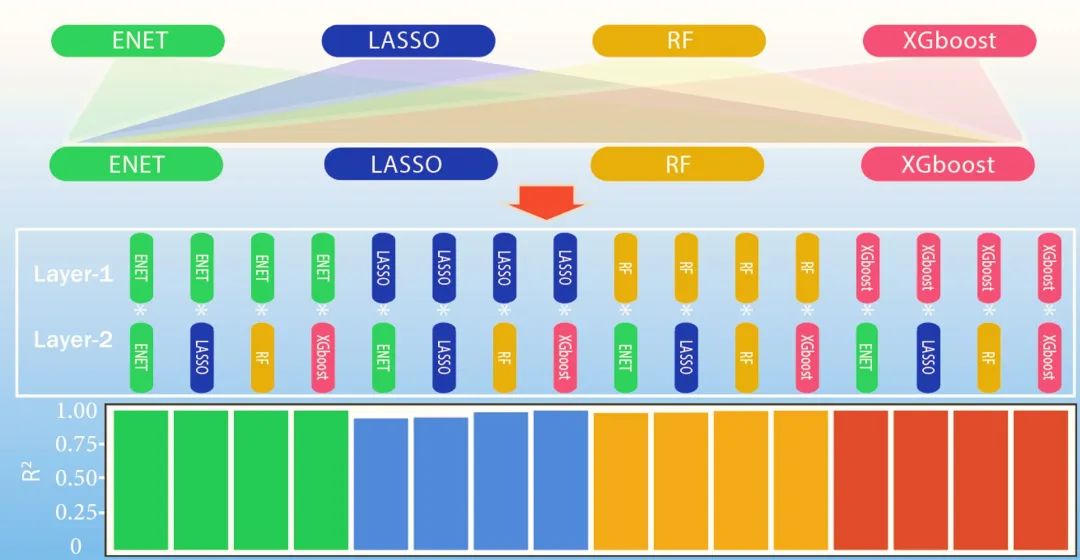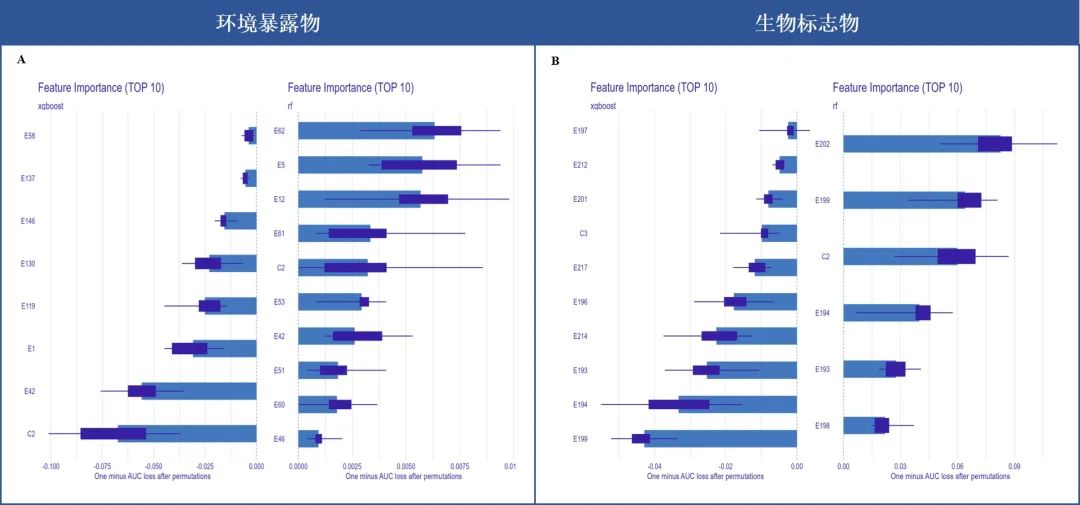
Undergraduate
Prof. Bin Wang and Prof. Xiaoxia Lu led a team to win the interdisciplinary grand prize at the 31st "Challenge Cup" held by Peking University
The results of the 31st "Challenge Cup" series of competitions at Peking University were announced recently. In this year's competition, Yuting Wang and Ting Wu from the School of Public Health, along with Tao Wang and Yilirezha Hamu from the College of Urban and Environmental Sciences, fully utilized the strengths of both disciplines. Under the guidance of Professor Xiaoxia Lu (College of Urban and Environmental Sciences) and Professor Bin Wang (School of Public Health), they completed the project "Building a Multi-omics Network Model of the Relationship between Environmental Exposures and Human Diseases." They achieved the grand prize in the interdisciplinary competition.
Project Introduction
Environmental exposure is a significant factor affecting human health, and the global pollution situation remains severe, resulting in a substantial disease burden. Exposomics is an essential tool for addressing the relationship between the environment and human health. However, the complexity and diversity of environmental exposure information continue to be major challenges in this field.
This study systematically integrates high-quality existing public databases such as CTD, STRING, ToxCast, STITCH, and T3DB. It constructs a network of relationships between environmental exposures and diseases using protein-protein interaction (PPI) networks. The related multi-omics analysis functions have been encapsulated into an R package named "biolink." The construction of the network achieves the integration of high-dimensional, multi-omics, and big data information, suggesting possible "environmental exposure-biological mechanism-disease" pathway relationships.

Figure 1. Construction of the Multi-omics Network of Relationships between Environmental Exposures and Diseases
Additionally, this study constructs an exposomics prediction model for disease risk based on the U.S. National Health and Nutrition Examination Survey (NHANES). The analysis functions have been encapsulated into an R package named "expred." The model uses a stacked generalization ensemble learning method to integrate information on environmental exposures and biomarkers, significantly enhancing the accuracy and predictive capability of the model. This not only improves the prediction of disease risk but also accelerates the identification of environmental exposure factors that are closely related to diseases.

Figure 2. Enhancing Model Predictive Performance Using Stacked Generalization Ensemble Learning

Figure 3: The "expred" Package Accelerates the Screening of Disease Risk Factors
The development of this research is of significant value in identifying the harmful effects of specific environmental factors on human health. The development of the two R packages also provides convenient and reliable tools for subsequent research.
Award Acceptance Speech
Exposomics has become a research hotspot in environmental science in recent years, while public health focuses on exploring issues related to human diseases and health from a population perspective. This study combines the scientifically significant topic of environmental health, leveraging the interdisciplinary advantages of environmental science and public health. It explores the impact of environmental exposure on human health and its biological pathways.
During the course of this project, two students from the College of Urban and Environmental Sciences were responsible for integrating databases related to environmental exposure and multi-omics information, offering unique insights on handling high-dimensional exposomics data. Two students from the School of Public Health utilized their knowledge of epidemiology and health statistics to construct the multi-omics network and risk prediction models. The four members collaborated sincerely and effectively, with clear division of responsibilities, jointly exploring the scientific issue of how environmental exposure affects health from a population perspective.
The most challenging time for our team coincided with the most severe period of the pandemic. Despite members falling ill with fevers one after another, the progress of our project never lagged behind. Our two advisors provided us with substantial assistance during the research process. Mr. Bin Wang offered strong support in research theory, project design, and technical guidance, while Ms. Xiaoxia Lu offered meticulous guidance on research ideas, supervised and checked the research progress, and provided drafting suggestions.
All team members gained a lot from this project, from organizing databases to data analysis, from drawing graphs to writing texts, acquiring many new skills. "The journey ahead is long and difficult, but I will keep exploring high and low." We hope that we can always stay true to our original intentions on our future research paths.
Team Members
Student Profiles

School of Public Health
Yuting Wang
Undergraduate Student in Preventive Medicine, Class of 2018

School of Public Health
Ting Wu
Undergraduate Student in Preventive Medicine, Class of 2018

College of Urban and Environmental Sciences
Tao Wang
Undergraduate Student in Environmental Health, Class of 2020

College of Urban and Environmental Sciences
Yilireze Hamu
Undergraduate Student in Environmental Health, Class of 2020
Faculty Profiles

College of Urban and Environmental Sciences
Xiaoxia Lu, Associate Professor
Research Direction: Environmental behavior and health effects of emerging pollutants, remediation of polluted environments

School of Public Health
Bin Wang, Researcher
Research Direction: Environment and reproductive health, Exposomics
Contributed by | Professor Bin Wang's Team (Peking University)
Reviewed by | Bin Wang

